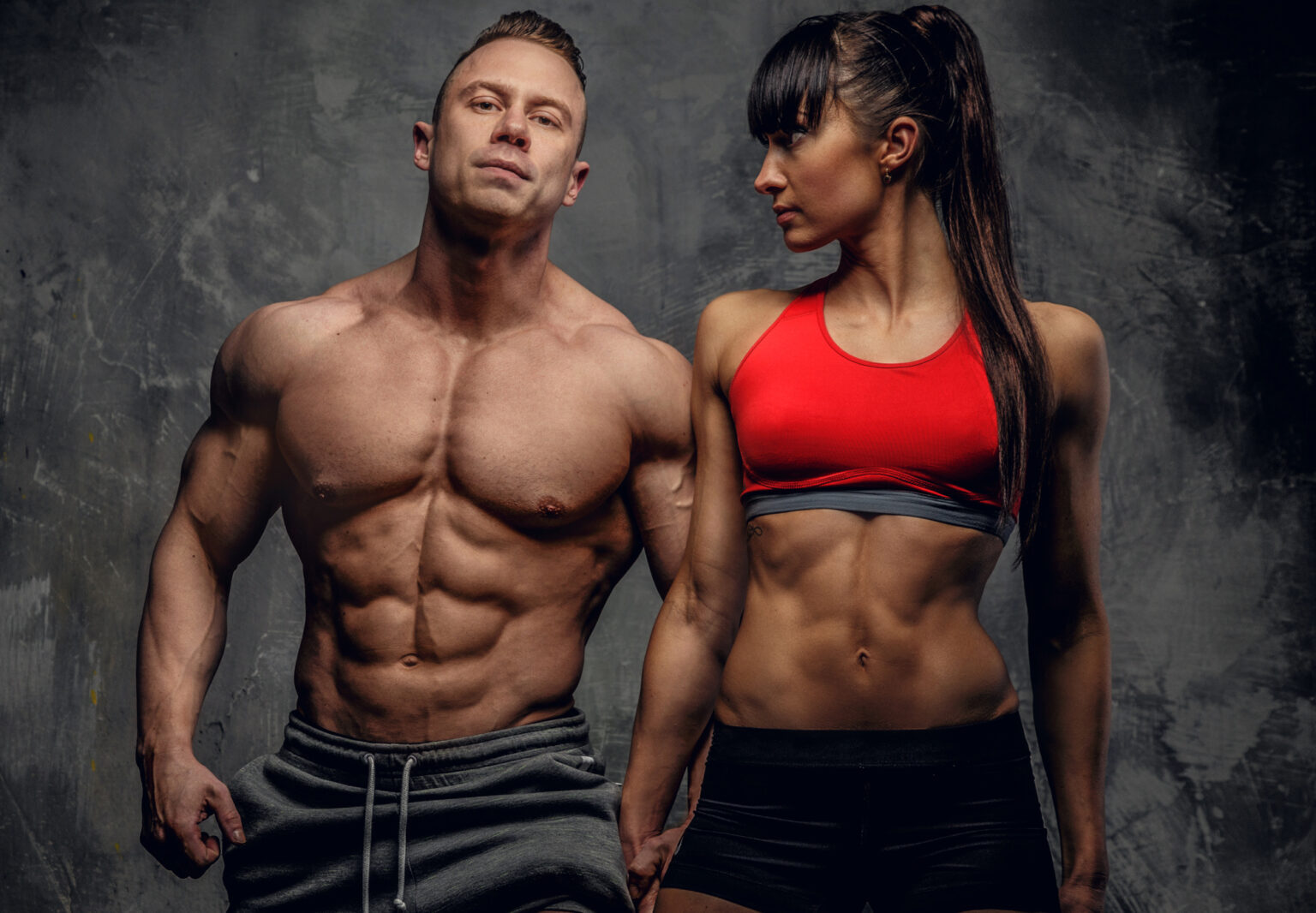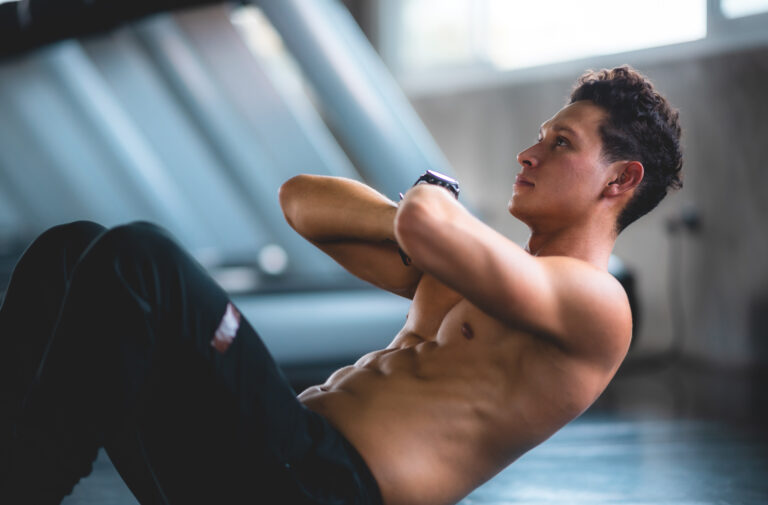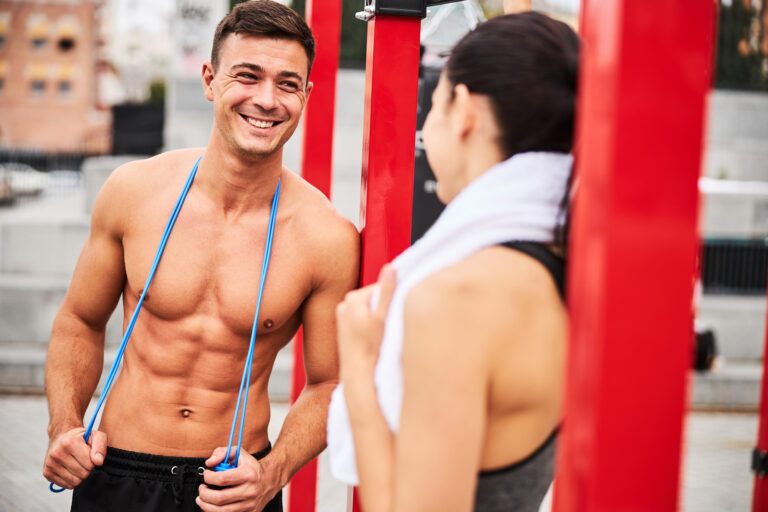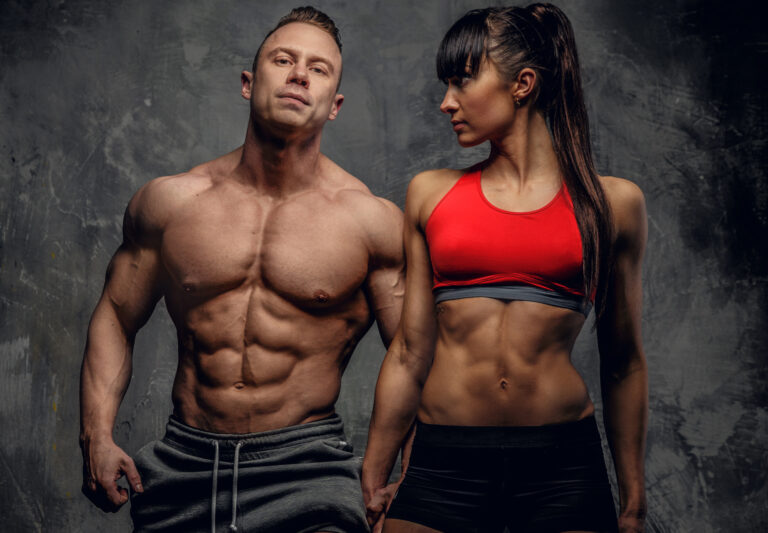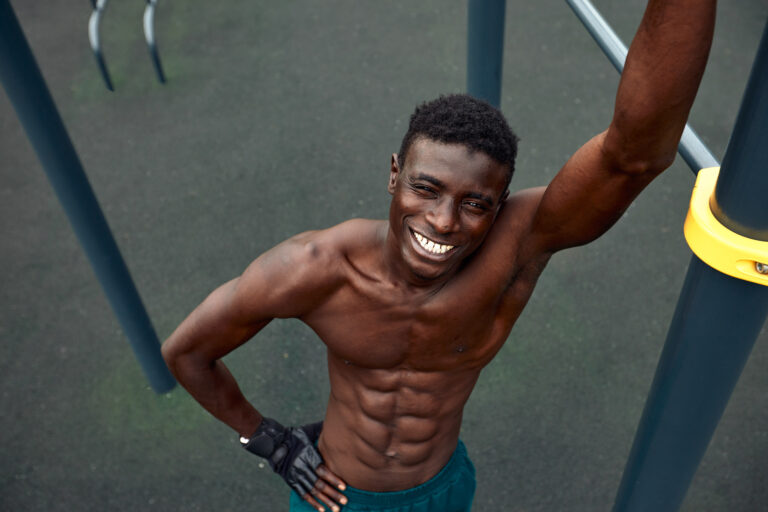What are the Shoulder Muscles?
Shoulder muscles are fundamental to a wide range of movements and activities, from lifting and throwing to maintaining posture and supporting overall upper body strength. These muscles are involved in nearly every upper body action, making them crucial for both everyday tasks and athletic performance. Understanding the anatomy, physiology, common injuries, and ways to maintain shoulder health can help optimize function and prevent problems. This article provides an in-depth look at shoulder muscles, their roles, and how to keep them strong and injury-free.
Anatomy of Shoulder Muscles
Deltoid Muscle
The deltoid muscle, which forms the rounded contour of the shoulder, is composed of three distinct sets of fibers: anterior, lateral, and posterior. Each set of fibers has a specific role in arm movement. The anterior deltoid, located at the front, is primarily responsible for shoulder flexion and internal rotation. The lateral deltoid, positioned on the side, facilitates shoulder abduction, allowing the arm to be lifted away from the body. The posterior deltoid, at the back, aids in shoulder extension and external rotation. Together, these fibers enable a wide range of arm movements, making the deltoid essential for various activities, from lifting objects to throwing a ball.
Rotator Cuff Muscles
The rotator cuff is a group of four muscles that play a key role in stabilizing the shoulder joint. These muscles include the supraspinatus, infraspinatus, teres minor, and subscapularis. The supraspinatus, located at the top of the shoulder blade, initiates the abduction of the arm. The infraspinatus and teres minor, situated at the back of the shoulder blade, are responsible for external rotation of the shoulder. The subscapularis, found on the front of the shoulder blade, assists in internal rotation. Together, these muscles work to stabilize the head of the humerus within the shallow socket of the shoulder blade, ensuring smooth and controlled shoulder movements.
Other Shoulder Muscles
In addition to the deltoid and rotator cuff muscles, several other muscles contribute to shoulder function. The trapezius, spanning the upper back and neck, helps move and stabilize the shoulder blades. The levator scapulae, located along the side of the neck, assists in elevating the shoulder blades. The rhomboids, positioned between the shoulder blades, retract and stabilize the scapulae. Lastly, the pectoral muscles, comprising the pectoralis major and minor, are involved in shoulder flexion, adduction, and internal rotation. These muscles work in concert to support complex shoulder movements and maintain proper posture.
Physiology of Shoulder Muscles
Muscle Fiber Types
Shoulder muscles consist of different types of muscle fibers, each with unique characteristics and functions. Type I fibers, also known as slow-twitch fibers, are endurance-oriented and fatigue-resistant. They are well-suited for sustained, low-intensity activities such as maintaining posture and performing repetitive movements. Type IIa fibers, or fast-twitch oxidative fibers, combine endurance and power, making them suitable for activities requiring both strength and stamina. Type IIb fibers, or fast-twitch glycolytic fibers, generate rapid, powerful contractions but fatigue quickly. These fibers are essential for explosive movements like throwing and lifting heavy weights. The distribution of these fibers within the shoulder muscles influences their functional capabilities and performance.
Mechanics of Movement
The shoulder joint’s unique ball-and-socket structure allows for a remarkable range of motion. The coordinated action of the shoulder muscles is essential for various movements, including flexion, extension, abduction, adduction, and rotation. When lifting an object overhead, the deltoid muscle’s anterior and lateral fibers initiate the movement, while the rotator cuff muscles stabilize the shoulder joint to prevent dislocation. During a throwing motion, the posterior deltoid and rotator cuff muscles work together to extend and externally rotate the shoulder, generating power and accuracy. The trapezius and rhomboid muscles contribute to the upward and downward rotation of the scapula, facilitating smooth and controlled arm movements.
Common Injuries and Disorders
Rotator Cuff Injuries
Rotator cuff injuries are among the most common shoulder problems, often resulting from repetitive overhead activities or acute trauma. These injuries can range from mild strains to complete tears. A rotator cuff tear occurs when one or more of the tendons attaching the rotator cuff muscles to the humerus are damaged. Symptoms include pain, weakness, and reduced range of motion. Impingement syndrome, another common condition, occurs when the tendons of the rotator cuff are compressed during shoulder movements, leading to inflammation and pain. Prompt diagnosis and treatment are essential to prevent further damage and restore function.
Other Shoulder Injuries
Beyond rotator cuff injuries, the shoulder is susceptible to various other issues. Frozen shoulder, or adhesive capsulitis, is characterized by stiffness and pain, limiting the shoulder’s range of motion. This condition often develops gradually and can take months or even years to resolve. Dislocations occur when the head of the humerus is forcibly displaced from the shoulder socket, often due to a fall or sudden impact. Bursitis, the inflammation of the bursae (fluid-filled sacs) within the shoulder joint, can cause pain and restrict movement. These conditions require appropriate management to alleviate symptoms and restore shoulder function.
Prevention and Treatment
Preventing shoulder injuries involves a combination of strengthening exercises, flexibility training, and ergonomic adjustments. Regularly performing exercises that target the deltoid, rotator cuff, and other shoulder muscles can enhance strength and stability, reducing the risk of injury. Stretching routines that improve the flexibility of the shoulder joint and surrounding muscles can also be beneficial. Ergonomic adjustments, such as maintaining proper posture and using supportive equipment, can help prevent overuse injuries. Treatment options for shoulder injuries range from conservative approaches, such as physical therapy and anti-inflammatory medications, to surgical interventions in severe cases.
Role of Shoulder Muscles in Sports and Fitness
Sports-Specific Demands
Shoulder muscles play a pivotal role in various sports, each with unique demands on the shoulder complex. In baseball, the shoulder is crucial for pitching and throwing, requiring both strength and endurance. Swimmers rely heavily on shoulder muscles for propulsion and stability during strokes. Weightlifters demand substantial shoulder strength for lifts like the overhead press and snatch. The repetitive and high-intensity nature of these sports places significant stress on the shoulder muscles, necessitating targeted training and injury prevention strategies to optimize performance and longevity in the sport.
Strength Training and Conditioning
Effective strength training for shoulder muscles involves a combination of compound and isolation exercises. Compound exercises, such as the overhead press and push-ups, engage multiple muscle groups, promoting overall upper body strength. Isolation exercises, like lateral raises and external rotations, specifically target the deltoid and rotator cuff muscles, enhancing muscle definition and stability. Incorporating both types of exercises into a training regimen can lead to balanced development and reduce the risk of imbalances and injuries. Conditioning programs that include dynamic warm-ups, flexibility training, and gradual progression in intensity are essential for safe and effective shoulder training.
Age-Related Changes and Maintenance
Impact of Aging
As individuals age, shoulder muscles and joints undergo changes that can affect strength, flexibility, and function. Decreased muscle mass and strength, known as sarcopenia, can impact the ability to perform daily activities and increase the risk of falls and injuries. Reduced flexibility in the shoulder joint and surrounding tissues can lead to stiffness and limited range of motion. Age-related conditions such as osteoarthritis can also affect the shoulder, causing pain and further limiting function. Understanding these changes is crucial for developing strategies to maintain shoulder health and functionality in older adults.
Maintenance Exercises
To maintain shoulder health with aging, incorporating specific exercises into a regular fitness routine is vital. Strength training exercises, such as resistance band workouts and light weightlifting, can help preserve muscle mass and strength. Flexibility exercises, including shoulder stretches and range-of-motion activities, can enhance joint mobility and reduce stiffness. Functional movements that mimic daily activities, such as reaching and lifting, can improve practical strength and coordination. Regularly performing these exercises can support shoulder health, mitigate age-related declines, and enhance overall quality of life.
Key Takeaways
Shoulder muscles are essential for a wide range of movements and activities, requiring a comprehensive understanding of their anatomy, function, and maintenance. Regular exercise, proper training techniques, and injury prevention strategies are crucial for optimizing shoulder health and performance. By incorporating targeted strength and flexibility exercises into a fitness routine, individuals can maintain strong, functional shoulders throughout their lives.

